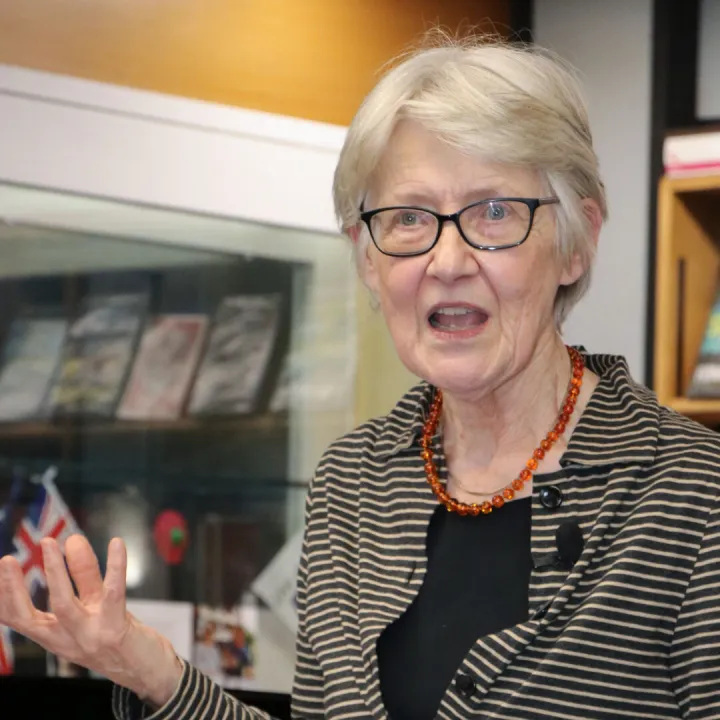Impact of Railway Station
On Wednesday evening 22nd February, the Haddenham Village Society hosted a public meeting to examine the impact of the Railway on the village of Haddenham.
The meeting opened with a short film, courtesy of Chris Behan, illustrating the recent development of the railway in the decades prior to the opening of Haddenham & Thame Parkway in October 1987.
The main speaker was David Heathfield from Chiltern Railways who charted the development of the rail network and the investments made since the decision to close Marylebone Station was reversed in the early 1980s.
Local estate agent, Tim Russ, described the impact of Haddenham & Thame Parkway in terms of the increase in property values over the last decade, comparing homes in Sheerstock and Anxey Way with similar properties nationally.
Mr Russ clearly felt that the rapid and above average increase in property values in Haddenham was a "good thing", as he might from his business perspective but perhaps failing to recognise that some members of the audience had adult children who could no longer afford to live in the village, despite being in stable employment.
The main slides can be viewed by clicking on the video graphic – the lower of the two illustrations on this page. (The slide show can be paused at any stage for those keen to read the details. Please note that the editor has provided these slides as a quick and simple source of information for those residents who were unable to attend the meeting – it is not intended to provide a finely crafted visual presentation!)
Predictably, the primary line of questioning from the audience was directed at Mr Heathfield and the role of Chiltern railways in creating the serious roadside parking problems in Haddenham.
He would not be drawn on any details, but confirmed that Chiltern Railways would be contributing financially to the first phase of the parking restrictions along Thame Road – although Bucks County Council had yet to indicate the costs of this programme.
When challenged more forcefully about the costs of parking at the station, Mr Heathfiled continued to emphasise that the company had invested many millions of pounds in new infrastructure as part of its rail franchise (which expires in seven years time) and that, as a commercial business, it needed to achieve an appropriate return on that investment.
He also argued that even if parking fees were reduced dramatically, a proportion of rail commuters would still continue to use roadside parking in a desire to minimise their travel costs.
When asked if a large offsite parking site with an associated park-and-ride facility might go a long way to alleviating the roadside congestion in Haddenham, Mr Heathfield argued that the rapid growth in rail passenger numbers commuting into London has largely resulted from the shorter travel times now offered on this route.
Offering an off-site park-and-ride service would add significantly to the home-to-workplace commute times and would therefore reduce rail passenger numbers: this was not in the commercial interests of Chiltern Railways.







